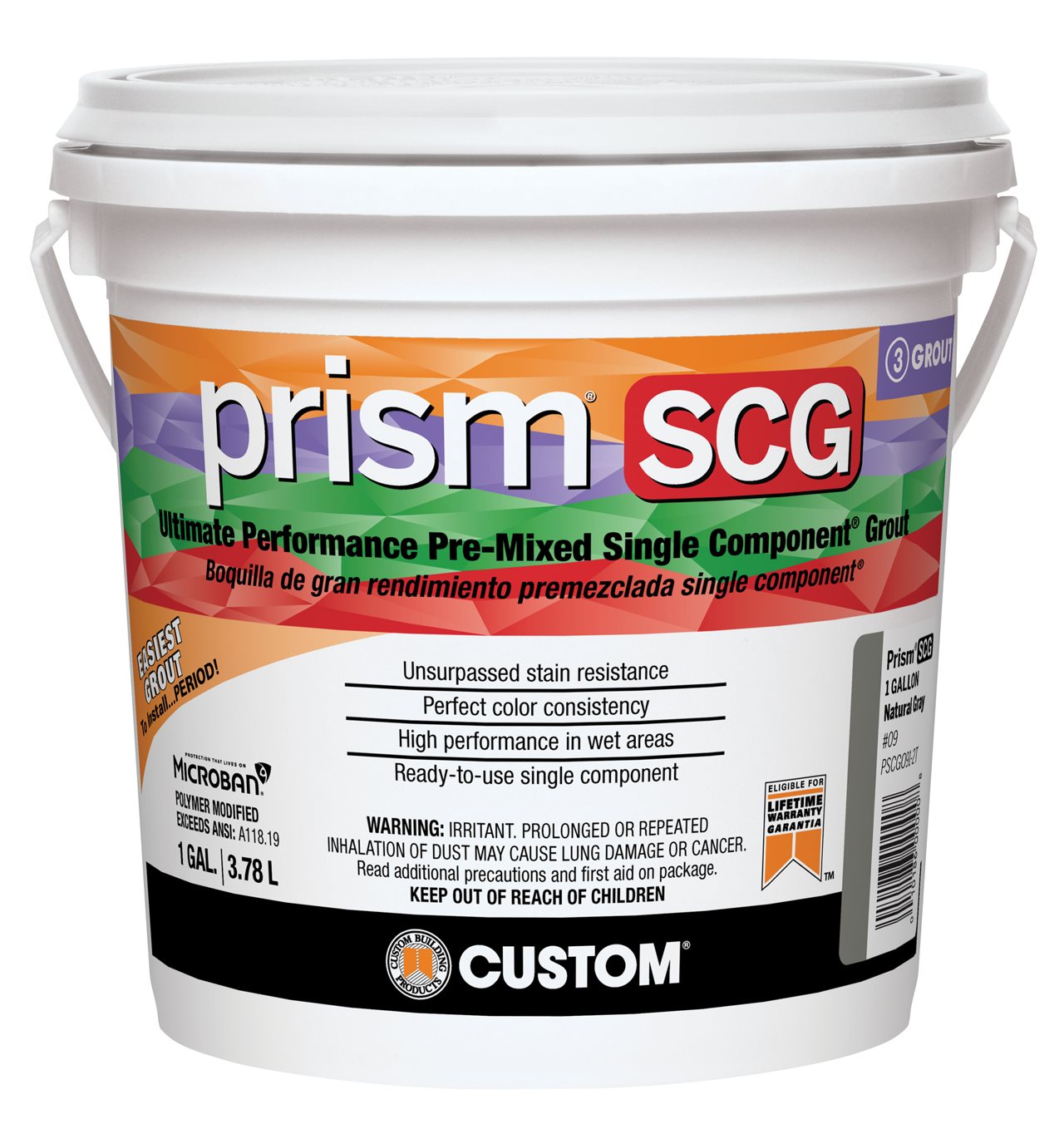2024-10-08T15:57:00
(BPT) – This article was sponsored and developed by Neurocrine Biosciences, Inc. Allison was compensated by Neurocrine Biosciences to share her story.
The first week of October is recognized as Mental Illness Awareness Week, an essential time to support and advocate for the one in five adults in the United States living with a mental illness. As advocates work to raise awareness for these individuals and their care partners, it’s important to remember that those taking antipsychotic medication to treat mental illnesses, such as bipolar disorder, major depressive disorder, schizophrenia and schizoaffective disorder, may also have tardive dyskinesia (TD).* TD is a persistent, involuntary movement disorder associated with use of antipsychotic medication that affects approximately 600,000 or more people in the U.S.
Allison grew up in San Diego and has been participating in performance arts since she was a kid, including theater, acting and writing. While working at her first night shift radio job at the age of 28, she began losing sleep and started behaving erratically. Shortly after, she was diagnosed with bipolar disorder and prescribed both an antipsychotic and antidepressant. Allison’s doctor discontinued the antipsychotic after only three days, but she continued taking the antidepressant and a mood stabilizer. She later moved to Florida for a fresh start but saw her bipolar disorder symptoms increase after her antidepressant suddenly stopped working. She was again prescribed an antipsychotic medication and worked with her doctors over the next few years to find the best treatment to manage her symptoms and regain mental stability in her life.
However, eight years after beginning antipsychotic treatment, Allison began to experience uncontrollable movements, including a twisting torso, jerky legs, mouth movements and rapid blinking. “When I tried to sleep, my legs and arms flailed and I would kick my husband, like my whole spine was jumping. I became self-conscious and started sleeping on the couch,” she said. “My frame was rattling violently, like a car driving through potholes with bad shock absorbers. It was really scary.” After visiting several neurologists over the course of many years and wondering if she would ever receive answers, Allison was diagnosed with TD.
Mild, moderate or severe TD movements can occur in different parts of the body and can negatively impact people physically, socially and emotionally. People living with TD may also feel judged and ashamed, adding to a sense of worry, isolation and stigma. Even mild uncontrollable body movements from TD can have emotional and social consequences. “My symptoms were affecting my ability to sleep, work and live my life as I wanted to,” Allison said.
It’s important that people who are taking antipsychotic medication be monitored and screened by a healthcare provider for drug-induced movement disorders, such as TD, as part of their routine appointments. Proactive recognition and treatment of TD can make a positive impact in the lives of many people experiencing mental illness. While TD is unlikely to get better on its own, it is a treatable condition.
After researching potential treatment options and discussing the benefits and risks with her healthcare provider, Allison was prescribed INGREZZA® (valbenazine) capsules. INGREZZA is a one-capsule, once-daily medication that’s proven to reduce TD in adults and is the #1 most prescribed vesicular monoamine transporter 2 (VMAT2) inhibitor. VMAT2 inhibitors are recommended by the American Psychiatric Association as first-line treatment for patients experiencing TD. In a clinical study, INGREZZA was proven to reduce TD in adults at six weeks, and most people saw results in just two weeks.†‡ The most common side effects of INGREZZA in people with TD are sleepiness and tiredness.
IMPORTANT SAFETY INFORMATION
INGREZZA or INGREZZA SPRINKLE can cause serious side effects in people with Huntington’s disease, including: depression, suicidal thoughts, or suicidal actions. Tell your healthcare provider before you start taking INGREZZA or INGREZZA SPRINKLE if you have Huntington’s disease and are depressed (have untreated depression or depression that is not well controlled by medicine) or have suicidal thoughts. Pay close attention to any changes, especially sudden changes, in mood, behaviors, thoughts, or feelings. This is especially important when INGREZZA or INGREZZA SPRINKLE is started and when the dose is changed. Call your healthcare provider right away if you become depressed, have unusual changes in mood or behavior, or have thoughts of hurting yourself.
Do not take INGREZZA or INGREZZA SPRINKLE if you are allergic to valbenazine, or any of the ingredients in INGREZZA or INGREZZA SPRINKLE.
Please see full Important Safety Information, including Boxed Warning, below and full Prescribing Information and Medication Guide.
After a few weeks of taking INGREZZA, Allison experienced fewer uncontrollable movements. “Now that I have been on INGREZZA and experience fewer movements, I’m not as consumed with embarrassment and discomfort over my TD symptoms,” she said. “I’m glad I never gave up and advocated for myself because now my husband can fall asleep in the same bed as me again due to the decrease in my movements.” Individual results may vary.
This Mental Illness Awareness Week, Allison wants to share her mental health journey to encourage others to support those living with mental illnesses and people experiencing uncontrollable movements to persevere and discuss symptoms and treatment options, such as INGREZZA, with their healthcare provider.
“It’s important to acknowledge Mental Illness Awareness Week because not everyone is equipped to advocate for themselves,” said Allison. “Our efforts to raise awareness of TD should not stop simply because there are available treatment options, such as INGREZZA, we must come together and support each other.”
If you or a loved one is experiencing persistent, uncontrollable movements and have been treated with antipsychotic medication, visit INGREZZA.com for more information.
Important Information
Approved Uses
INGREZZA® (valbenazine) capsules or INGREZZA® SPRINKLE (valbenazine) capsules are prescription medicines used to treat adults with:
- movements in the face, tongue, or other body parts that cannot be controlled (tardive dyskinesia).
- involuntary movements (chorea) of Huntington’s disease. INGREZZA or INGREZZA SPRINKLE do not cure the cause of involuntary movements, and do not treat other symptoms of Huntington’s disease, such as problems with thinking or emotions.
It is not known if INGREZZA or INGREZZA SPRINKLE is safe and effective in children.
IMPORTANT SAFETY INFORMATION
INGREZZA or INGREZZA SPRINKLE can cause serious side effects in people with Huntington’s disease, including: depression, suicidal thoughts, or suicidal actions. Tell your healthcare provider before you start taking INGREZZA or INGREZZA SPRINKLE if you have Huntington’s disease and are depressed (have untreated depression or depression that is not well controlled by medicine) or have suicidal thoughts. Pay close attention to any changes, especially sudden changes, in mood, behaviors, thoughts, or feelings. This is especially important when INGREZZA or INGREZZA SPRINKLE is started and when the dose is changed. Call your healthcare provider right away if you become depressed, have unusual changes in mood or behavior, or have thoughts of hurting yourself.
Do not take INGREZZA or INGREZZA SPRINKLE if you:
- are allergic to valbenazine, or any of the ingredients in INGREZZA or INGREZZA SPRINKLE.
INGREZZA or INGREZZA SPRINKLE can cause serious side effects, including:
- Allergic reactions. Allergic reactions, including an allergic reaction that causes sudden swelling called angioedema can happen after taking the first dose or after many doses of INGREZZA or INGREZZA SPRINKLE. Signs and symptoms of allergic reactions and angioedema include: trouble breathing or shortness of breath, swelling of your face, lips, eyelids, tongue, or throat, or other areas of your skin, trouble with swallowing, or rash, including raised, itchy red areas on your skin (hives). Swelling in the throat can be life-threatening and can lead to death. Stop taking INGREZZA or INGREZZA SPRINKLE and go to the nearest emergency room right away if you develop these signs and symptoms of allergic reactions and angioedema.
- Sleepiness and tiredness that could cause slow reaction times (somnolence and sedation). Do not drive a car or operate dangerous machinery until you know how INGREZZA or INGREZZA SPRINKLE affects you. Drinking alcohol and taking other medicines may also cause sleepiness during treatment with INGREZZA or INGREZZA SPRINKLE.
- Heart rhythm problems (QT prolongation). INGREZZA or INGREZZA SPRINKLE may cause a heart rhythm problem known as QT prolongation. You have a higher chance of getting QT prolongation if you also take certain other medicines during treatment with INGREZZA or INGREZZA SPRINKLE. Tell your healthcare provider right away if you develop any signs or symptoms of QT prolongation, including: fast, slow, or irregular heartbeat (heart palpitations), shortness of breath, dizziness or lightheadedness, or fainting or feeling like you are going to faint.
- Neuroleptic Malignant Syndrome (NMS). NMS is a serious condition that can lead to death. Call a healthcare provider right away or go to the nearest emergency room if you develop these symptoms and they do not have another obvious cause: high fever, stiff muscles, problems thinking, irregular pulse or blood pressure, increased sweating, or very fast or uneven heartbeat.
- Parkinson-like symptoms. Symptoms include: body stiffness, drooling, trouble moving or walking, trouble keeping your balance, shaking (tremors), or falls.
Before taking INGREZZA or INGREZZA SPRINKLE, tell your healthcare provider about all of your medical conditions including if you: have liver or heart problems, are pregnant or plan to become pregnant, or are breastfeeding or plan to breastfeed.
Tell your healthcare provider about all the medicines you take, including prescription and over-the-counter medicines, vitamins, and herbal supplements. Make sure you tell all of your healthcare providers that you are taking INGREZZA or INGREZZA SPRINKLE. Taking INGREZZA or INGREZZA SPRINKLE with certain other medicines may cause serious side effects. Especially tell your healthcare provider if you: take digoxin or take or have taken a monoamine oxidase inhibitor (MAOI) medicine. You should not take INGREZZA or INGREZZA SPRINKLE if you are taking, or have stopped taking, a MAOI within the last 14 days.
The most common side effect of INGREZZA or INGREZZA SPRINKLE in people with tardive dyskinesia are sleepiness and tiredness.
The most common side effects of INGREZZA or INGREZZA SPRINKLE in people with chorea associated with Huntington’s disease include sleepiness and tiredness, raised itchy red areas on your skin (hives), rash, and trouble getting to sleep or staying asleep.
These are not all of the possible side effects of INGREZZA or INGREZZA SPRINKLE. Call your doctor for medical advice about side effects. You are encouraged to report negative side effects of prescription drugs to the FDA. Visit MedWatch at www.fda.gov/medwatch or call 1-800-FDA-1088.
Dosage Forms and Strengths: INGREZZA and INGREZZA SPRINKLE are available in 40 mg, 60 mg, and 80 mg capsules.
Please see full Prescribing Information, including Boxed Warning, and Medication Guide.
* Certain prescription medicines (metoclopramide and prochlorperazine) used to treat gastrointestinal disorders may also cause TD.
† INGREZZA was studied in a 6-week clinical trial. A total of 234 people participated in the study. Results were based on 79 people taking the recommended dose of 80 mg.
‡ In a 6-week clinical study. Post-clinical study evaluation of 149 patients who took 40 mg and/or 80 mg during the first 2 weeks; 64% had at least a 1-point reduction on an uncontrollable movement severity scale.
This article was sponsored and developed by Neurocrine Biosciences, Inc. Allison was compensated by Neurocrine Biosciences to share her story.
© 2024 Neurocrine Biosciences, Inc. All Rights Reserved. CP-VBZ-US-3972 10/2024





















